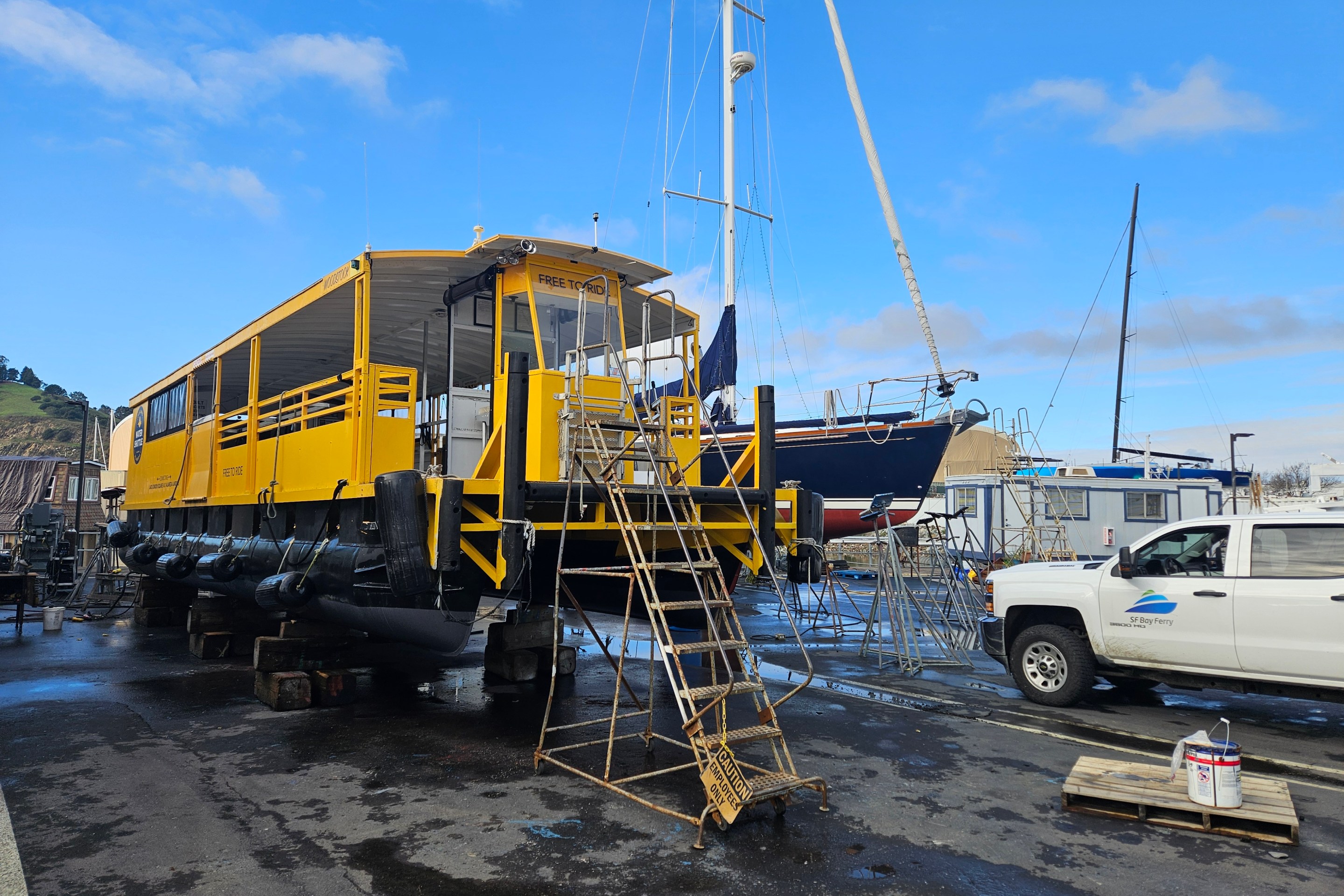Ever
find yourself waiting for the next bus, not knowing when it will
arrive? Think it would be great if you could check a subway countdown
clock from the sidewalk? Or get arrival times on your phone? Giving
transit riders better information can make ridng the bus or the train
more convenient and appealing. And transit agencies are finding that the
easiest and least expensive way to do it is by opening data about
routes, schedules, and real-time locations to software developers,
instead of guarding it like a proprietary secret.
I recently got the chance to dive into the topic of open data in
transit with my colleagues at OpenPlans. We went up to Boston to see
what transit riders got out of the transportation department's decision
to open up its data. We also talked to New York MTA Chair Jay Walder,
City Council Member Gale Brewer, Zipcar co-founder Robin Chase, and
Transportation Alternatives director Paul Steely White to paint a full
picture of what it would mean if cities shared their transit and
transportation data. The information is there, waiting to be put to use
to help people plan transit trips, waste less gas driving, or make
their streets safer.




